- How to get aniseed oil?
- Composition and properties of
- Application of anise oil
- How to apply anise oil?
Anis people have been using since time immemorial. From Ancient Egypt, the culture came to southern Europe, where it became widespread as a spice and medicinal plant. In medicine, cosmetology, cooking is well known an essential oil of anise, exuding a very warm, positive flavor. This sweet smell is associated with a sweet potion, which we treated as a child from cough, Christmas mulled wine, homemade cakes. It is also a natural repellent, repelling mosquitoes, flies and other harmful insects.
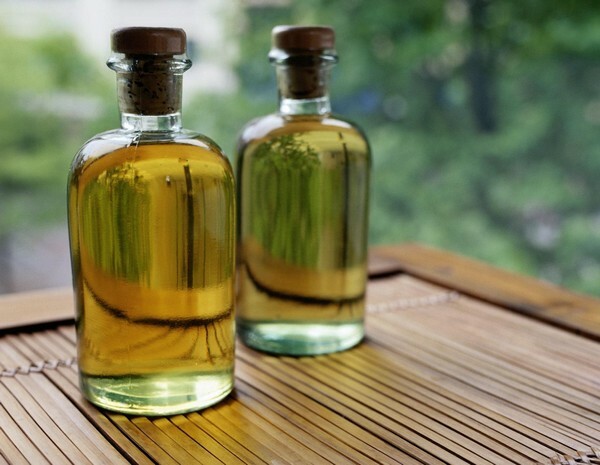
How is aniseed oil obtained?
The raw material for oil is the one-year essential oil plant anise ordinary. It belongs to the family Umbrella, has a grassy stem up to 60 cm high, blooms in small white flowers, collected in large complex umbrellas.
Anise seeds are used for the sublimation of oil. They are harvested at the end of August, when the flower umbrella is just beginning to burn. It is during this period that the raw materials contain the greatest amount of essential substances - up to 6%.
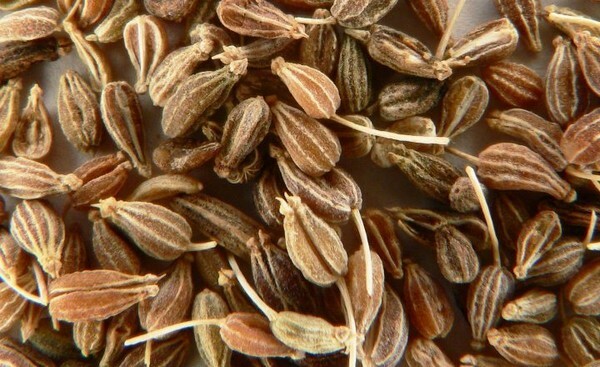
Note! Anise ordinary is often confused with anise starry or bad. These are completely different plants. Badyan - an evergreen shrub with a dense glossy foliage. Its fruits really look like stars. Anise is cultivated in the south of Europe and the Middle East, the birthplace of its stellar brother - Southeast Asia, Indochina.
Shredded seeds are treated with hot steam, which destroys the glands of the plant and releases the essence. Together with the steam it is driven through a special installation, where it is cooled, turns into an essential oil of anise, which is then separated from the water distillate. This technology is called steam distillation. To obtain 1 g of valuable product, distil 50 grams of seeds.
Please note! Anis as a crop cultivated in the south-western regions of Russia, the Krasnodar Territory, the Crimea. But more qualitative is considered oil from raw materials, grown on the fields of Spain, Italy, Bulgaria. Among the proven manufacturers of essential oils are companies from Austria, Czech Republic, Germany, Switzerland.
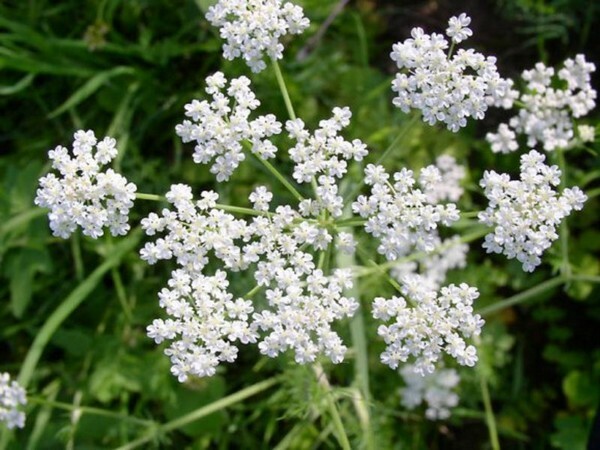
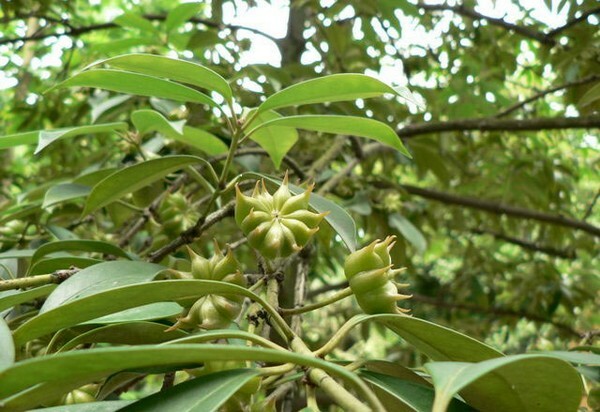
Composition and properties of
Anise essential oil has a light flowing consistency, it is colorless or slightly yellowish. The smell is sweet, with spicy stinging notes. The aroma is used to correct the psychoemotional state, it seems to charge with optimism, drives the spleen, stimulates the stoic qualities of a person.
Composition of oil:
- anethole( 85%) - ether, giving a sweet and characteristic anise smell;
- methylhavicol( 10%) - ester, giving a burning sensation;the basic aroma of tarragon, is in fennel, basil, pine oil;
- terpenoids - hydrocarbon oil components;
- oily( fatty) component;
- anise acid, etc.
Advice: To shade a bouquet of anise oil, use the aromas with which it fits well( complimentary).For these purposes, suitable oil of orange, lime, rosewood, cones of spruce.
Application of anise oil
Anise oil, thanks to antispasmodic, antiseptic properties and other therapeutic characteristics, has long been used in medicine, cosmetology, and everyday life. Our ancestors used it for the preparation of thoracal elixirs, anisic aroma was treated with neurasthenic conditions. A couple of decades ago, it was actively added to the drops from the cold. What has kept this up to date?
Traditional medicine
Traditional and traditional medicine identifies the following indications for the application of aromatic anise oil.
Colds accompanied by cough. Softens the mucous by inhalation of oil, has expectorant properties, effective for dry cough.
Advice: Folk healers recommend using anise oil to combat childhood crying, sleep disturbances, excessive excitability. To do this, you need to drop 1-2 drops of the drug onto the child's pillow. This will also serve to prevent colds. Do not forget to consult a doctor if the child is allergic!
Cosmetology
Dry, withering skin is especially sensitive to anise oil. If a few drops enrich the base cream and use it for daily skin care, you will feel its beneficial effect.
- Normalizes the hydro lipid balance of the skin, improves color, turgor.
- Removes inflammatory manifestations.
- Well tightens the skin in the décolleté zone.
- Smoothes fine wrinkles
To improve the scalp and hair, it is advised to add the oily ether to the shampoo, based on 5 drops per 15 grams of the base.
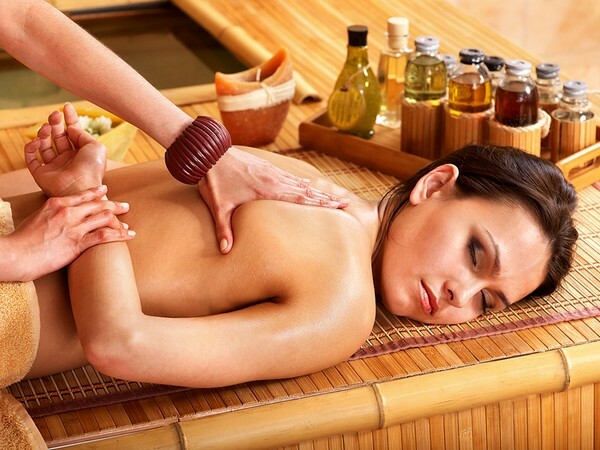
. Cooking
. In addition to healing properties, essential oil of anise is in demand in cooking. It is used alone or in a bouquet with "close" spices - cloves, cardamom, fennel, cumin. Where can you put this spice?
- In homemade cakes. The essence of anise is added to the dough for pies, cakes, cookies, gingerbread, biscuits.
- Sauces. Anis - a component of many sweet and sour sauces for meat, shish kebabs, pilaf. Meat dishes. Spicy seasoning marinade for poultry, beef meat, shish kebab from mutton.
- Flavored spirits - tinctures, liqueurs, vodka. Applied for the preparation of mulled wine, absinthe, sambuca.
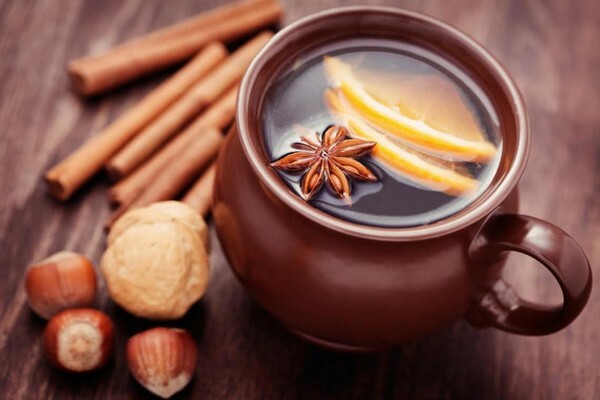
Household application
Anise oil finds application in everyday life.
- Its deodorizing effect is used to refresh the air in the room. It removes unpleasant odors in the bathroom, toilet.
- It is a natural repellent, which mosquitoes, fleas are afraid of as a fire. On the poultry aether will save your livestock from lice and ticks.

How to apply anise oil?
There are several ways to use aromatic oil as a medical, cosmetic, deodorant.
- Aromatherapy. It is useful to breathe ether pairs. To do this, it is heated in aromatic lamps, worn in special medallions, added to inhalation solutions.
- Rinses. Effective for diseases of the throat, stomatitis, other problems of the oral cavity. Usually use no more than 2-3 drops of oil per glass of warm water. Add a little honey or baking soda.
- Active additive in drops for the nose.
- Rubbing oil in the skin during a massage. Add to oily formulations for compresses that are applied to the pain zone.
- Enriches shampoos, creams and other basic skin care products - take 5-7 drops per teaspoon of the base.
- Is taken orally in a mixture, with honey, on sugar. Daily dosage - no more than 3 drops.
There are no obvious contraindications to the use of anise oil, but there may be an individual intolerance to the aroma. In addition, you must not abuse the remedy. It is still quite aggressive and an overdose is fraught with headaches, dizziness, nausea, even a loss of consciousness is possible.
Use of anise oil in aromatherapy:
